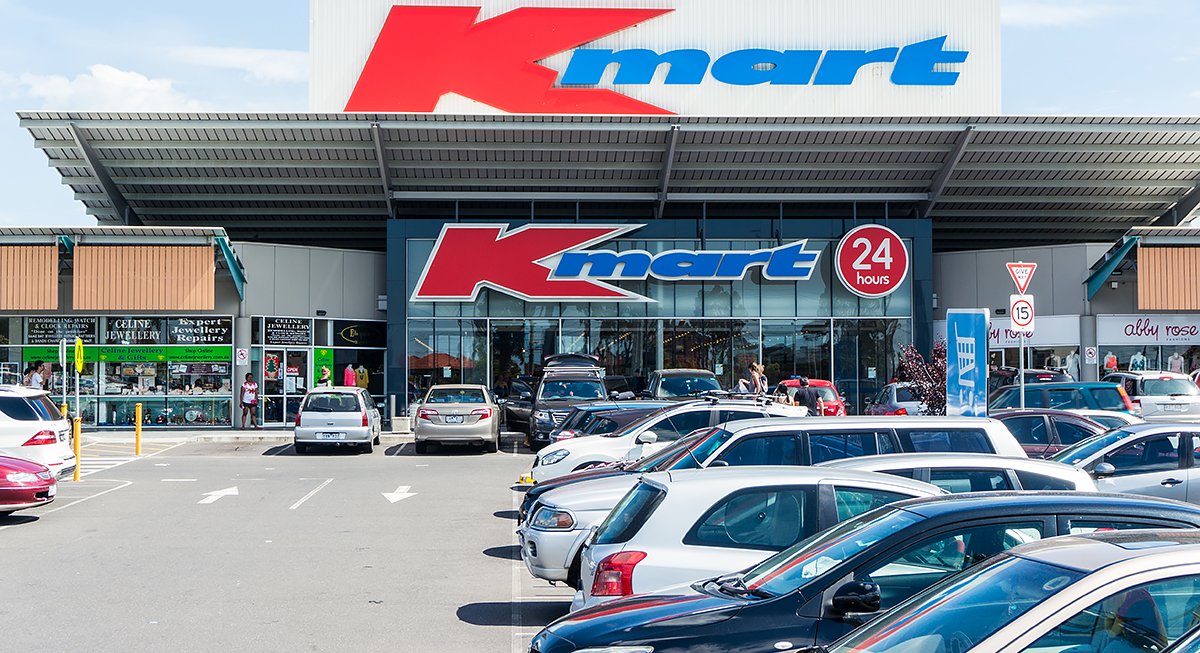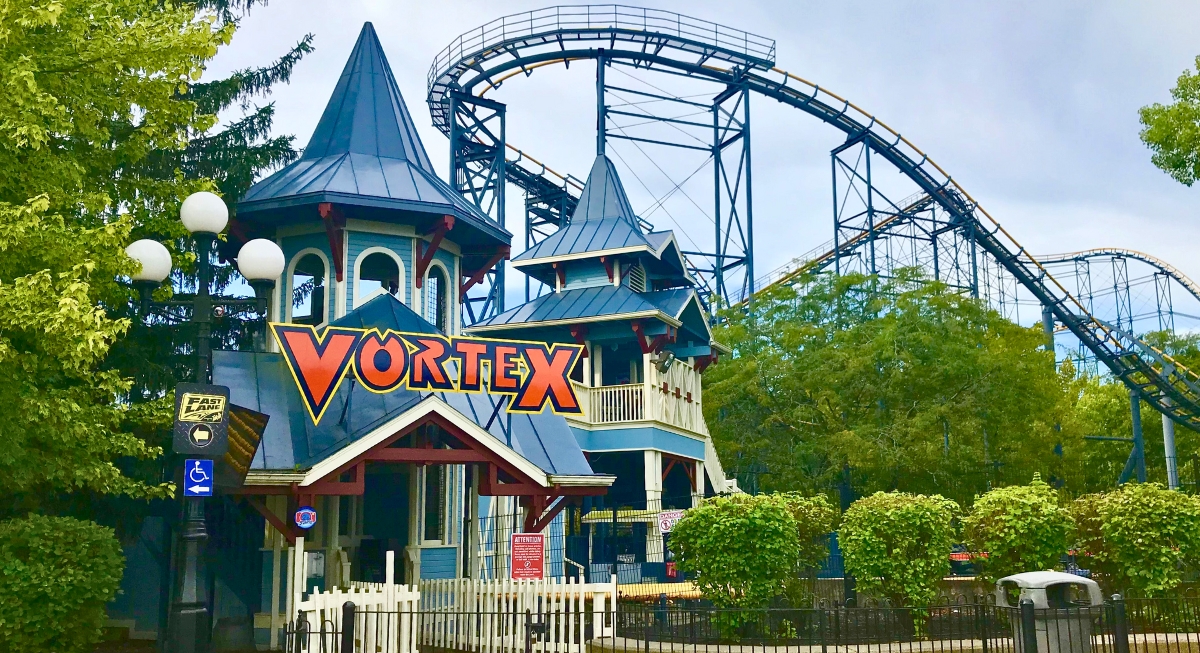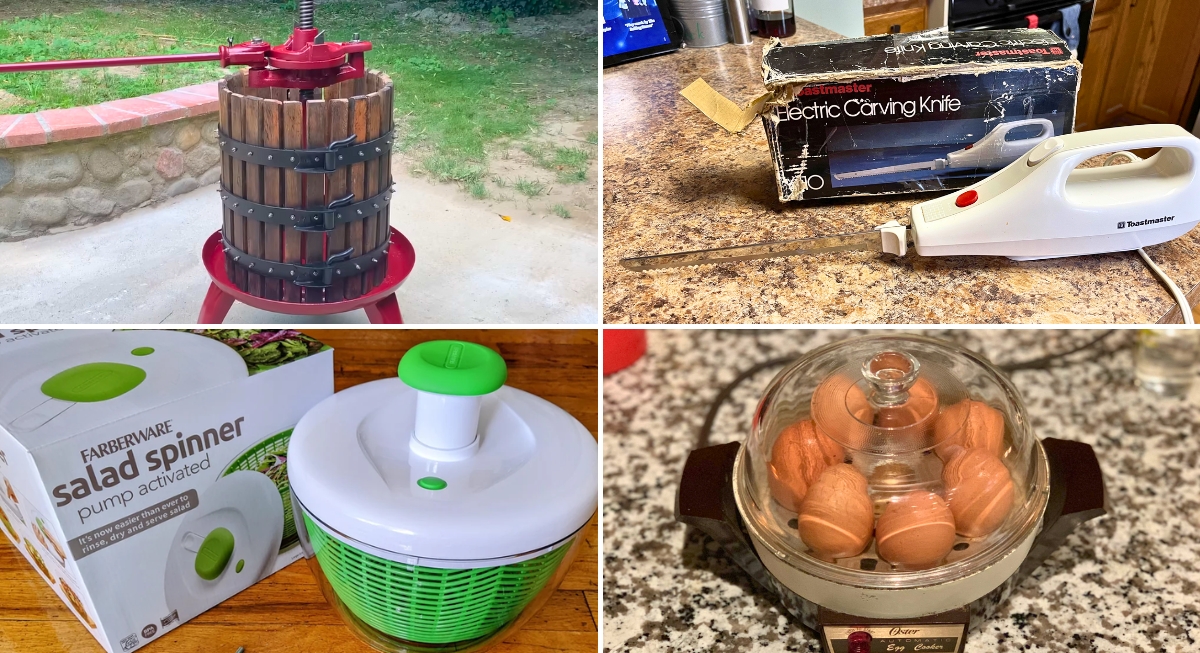Before stores started prioritizing speed and minimalism, Kmart offered a more hands-on shopping environment. You could leave with basic groceries, a discount blender, and a soft-serve cone without planning any of it.
Below are the details people still remember—the small, concrete features modern stores have mostly left behind.
Massive Product Variety
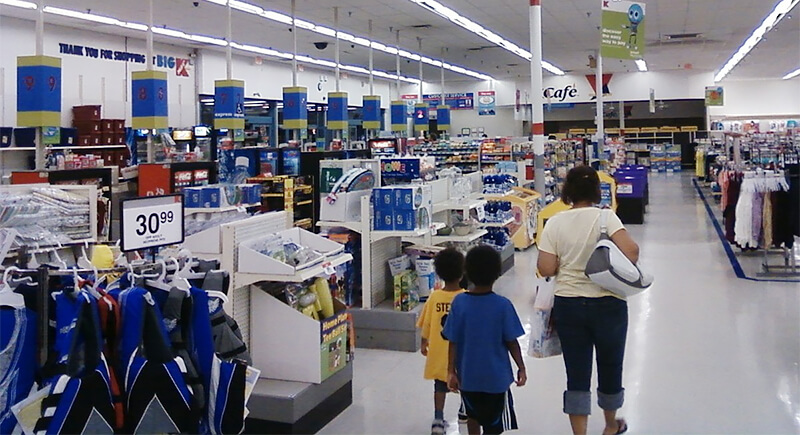
Credit: flickr
Shoppers could pick up socks, motor oil, curtain rods, and a tackle box in one trip without needing to compare store maps. Kmart operated like a physical search engine—carrying batteries, curtain rods, weed killer, and inflatable pool toys all together. You knew where the extension cords were and would be there year-round.
TV Tube Tester

Credit: Facebook
In the electronics section, you’d find a bulky machine that tested television tubes. The unit resembled outdated lab equipment and didn’t get much use, but the machine stayed in place for years. Tube testers weren’t standard in other retail chains. Kmart kept them available long after most shoppers moved on from that technology.
Snack Machines by the Entrance
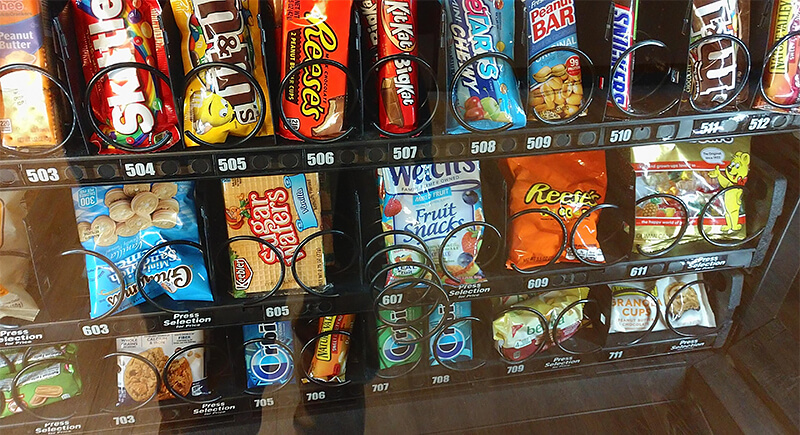
Credit: Reddit
The snack aisle near the front meant that the smell of food hit you before you reached the carts. It often drew customers quickly before they even picked up a shopping cart. For parents, grabbing food at the beginning helped keep children occupied during errands.
In-Store Diners
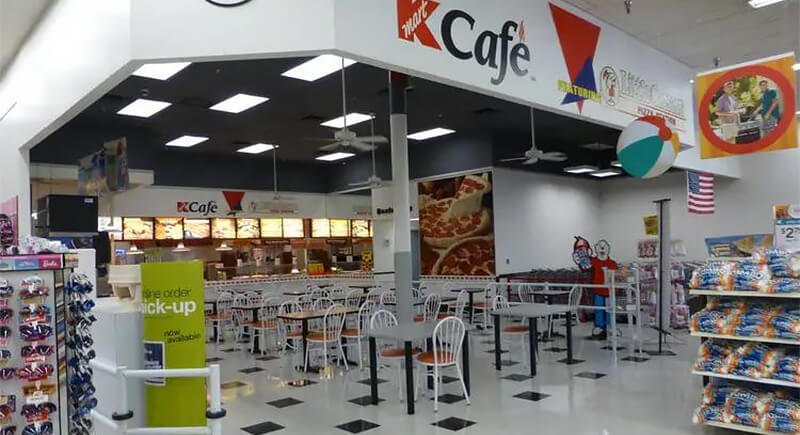
Credit: Reddit
In-store diners allowed customers to sit for a meal without leaving the building or feeling pushed to buy more. Most offered simple menus—grilled cheese, hamburgers, fries, and fountain sodas. Booths and counters provided enough space to take a break, meet someone, or eat.
Weekly Routine Shopping
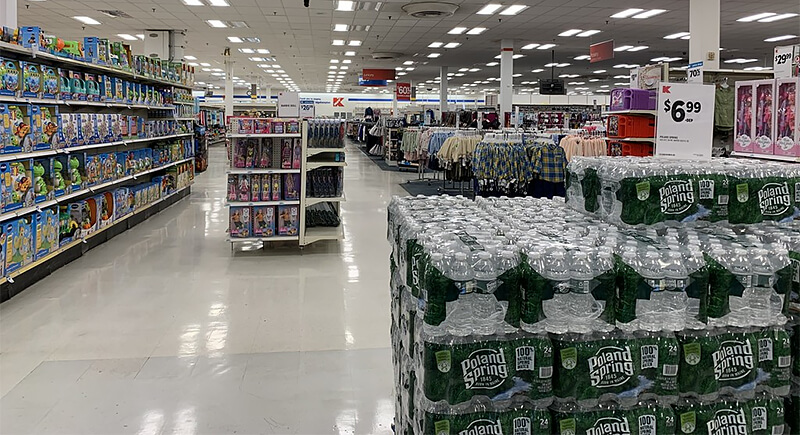
Credit: flickr
Kmart worked best when you didn’t have to think much about the trip. You knew where everything was, and it usually stayed that way. The layout didn’t change every season, and prices didn’t bounce around between apps or signs. There weren’t any loyalty programs to track or limited-time memberships to keep up with. For a lot of people, it became part of the regular week—simple, familiar, and easy to fit in.
Elastic-Waist Jeans
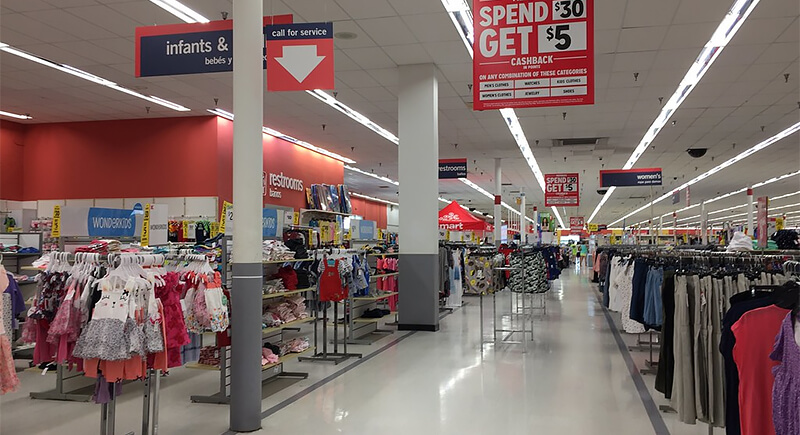
Credit: flickr
Stacked on open tables and labeled by size, these jeans remained popular across several age groups. Their design prioritized comfort, affordability, and ease of fit— qualities that mattered more than fashion labels or seasonal styles.
Blue Light Specials
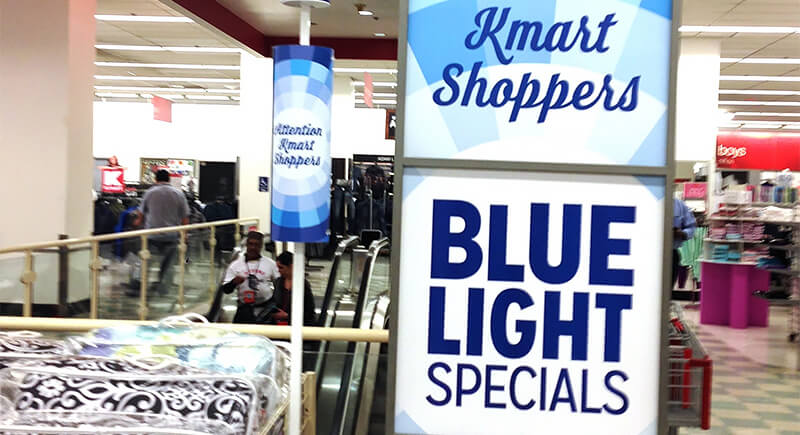
Credit: Reddit
Temporary markdowns announced over the loudspeaker came with flashing blue lights, which gave you a timed discount. Discounts lasted about fifteen minutes and applied to items already on the floor. These specials gave people a reason to check out sections they might otherwise skip.
Video Game Kiosks
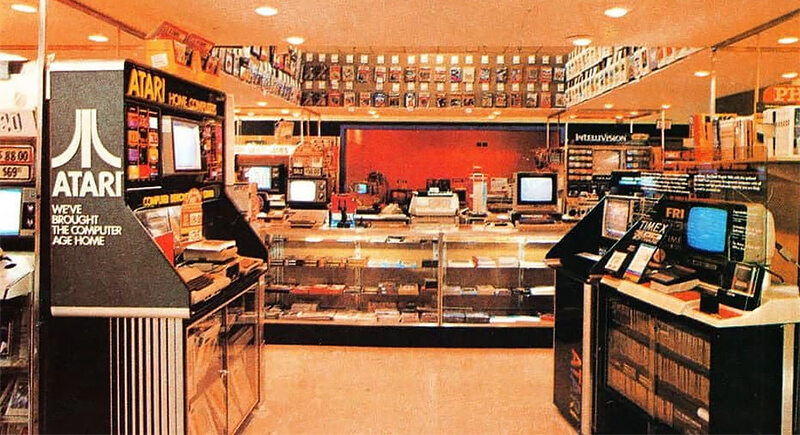
Credit: Reddit
Kids tended to make a direct path to the electronics section, where the store displayed active game systems with playable demos. These kiosks worked consistently and featured current titles, not outdated previews or broken controllers.
Store Scent
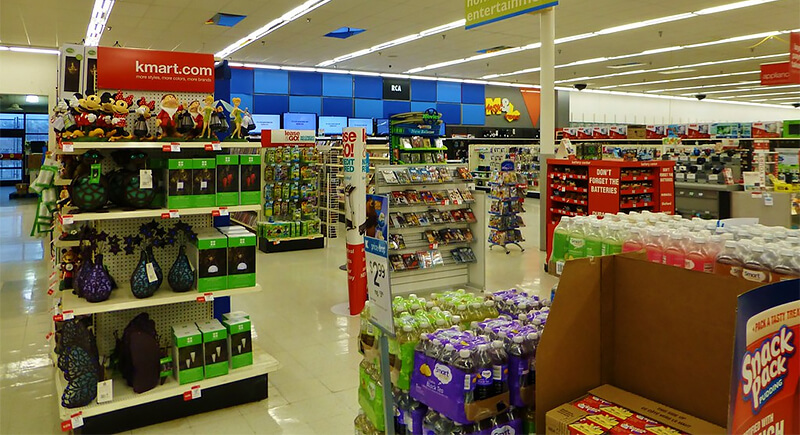
Credit: flickr
The air inside Kmart carried a mix of warm popcorn, new plastic, and industrial cleaner. The scent wasn’t designed to evoke brand identity or ambience, yet people remembered it. It made the store feel lived-in rather than polished. Today’s retail environments eliminate strong smells to feel neutral or upscale.
Familiar Store Employees
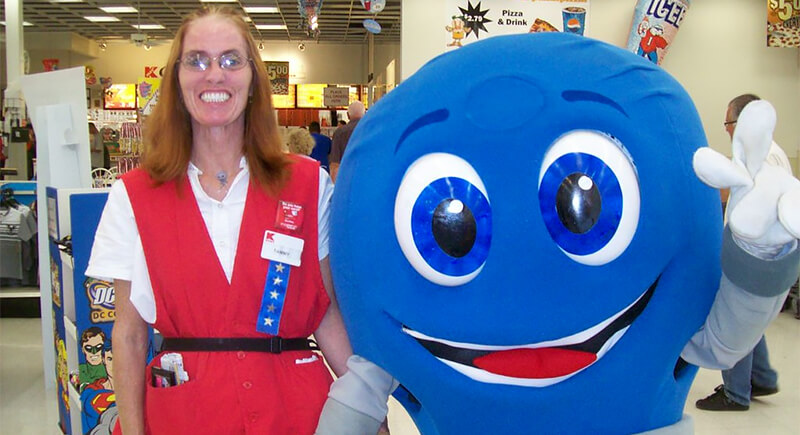
Credit: flickr
Frequent visitors saw the same faces behind the register or stocking shelves. Employees worked at one location long enough to build long-term relationships with customers who returned each week. Some staff knew regulars by name, remembered which items they usually bought, or gave directions without a scanner or app to assist.
Music on the Speakers
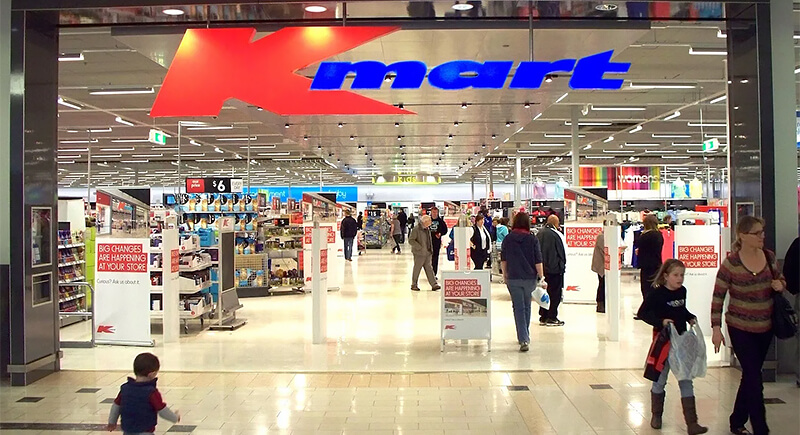
Credit: flickr
The playlist usually featured low-volume instrumental covers and unobtrusive tracks that kept noise levels low. Unlike the upbeat, curated soundtracks found in many chains today, Kmart’s music never distracted people from what they came to do.
Seasonal Catalogs
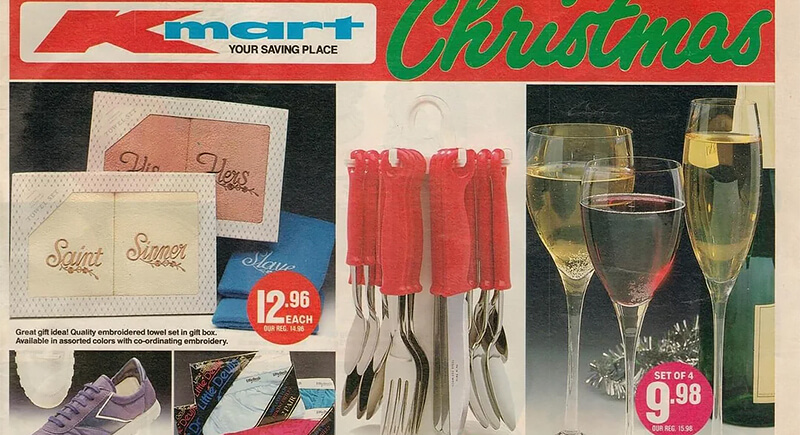
Credit: Reddit
Thick paper catalogs arrived ahead of the holidays and featured prices and descriptions for toys, appliances, clothing, and household products. Families used them to plan purchases, compare prices, or earmark gifts. Kids often marked up the pages with pens, circling their top picks for gift ideas.
Logical Store Layout
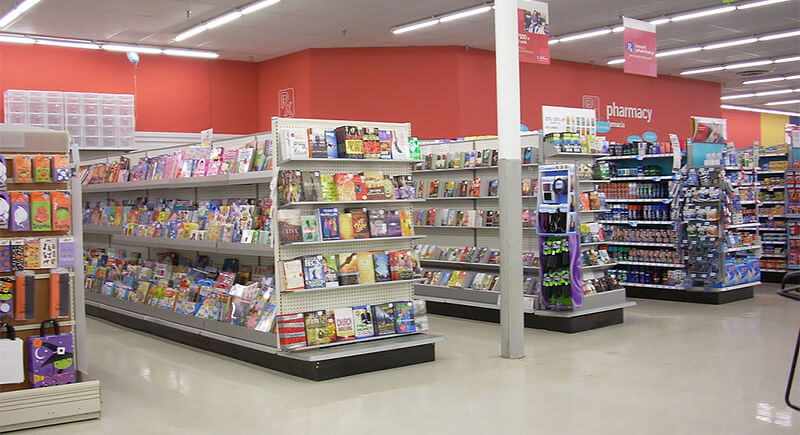
Credit: flickr
Navigating Kmart didn’t feel like solving a puzzle. The layout made sense right away—straightforward rows, clear signs, and no odd detours. There weren’t any maze-like setups or distractions crammed into walking space, which made quick errands actually quick.
The Red K Sign
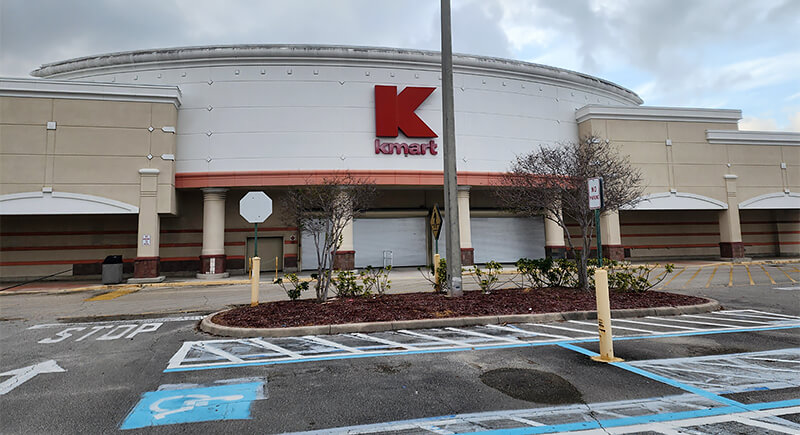
Credit: Reddit
Seen from parking lots and highways, the bold “K” logo marked something stable and familiar. The sign didn’t advertise a lifestyle or promise anything emotional. It just told you the store was open and stocked with useful things.
Holiday Displays
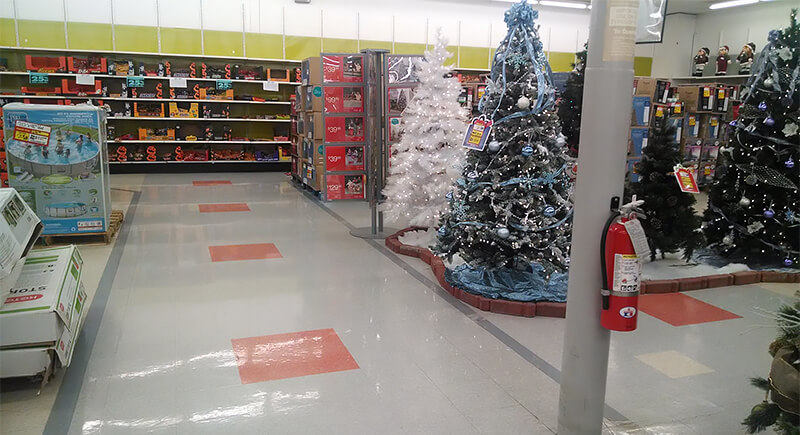
Credit: flickr
Holiday prep at Kmart started early and took up real space. Seasonal items filled out dedicated sections that returned year after year. Customers came to expect those full shelves of wrapping paper, lights, and candy.

